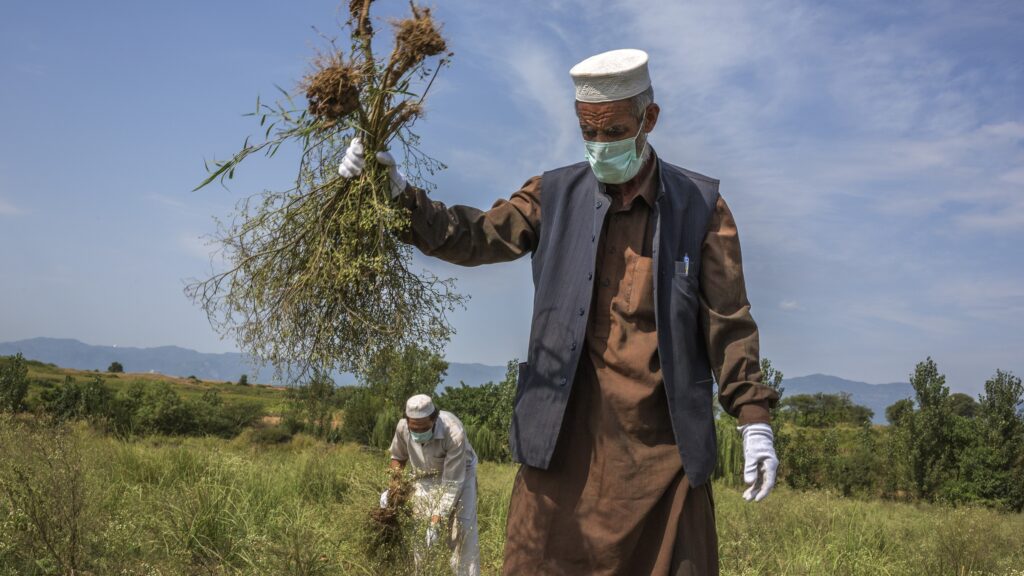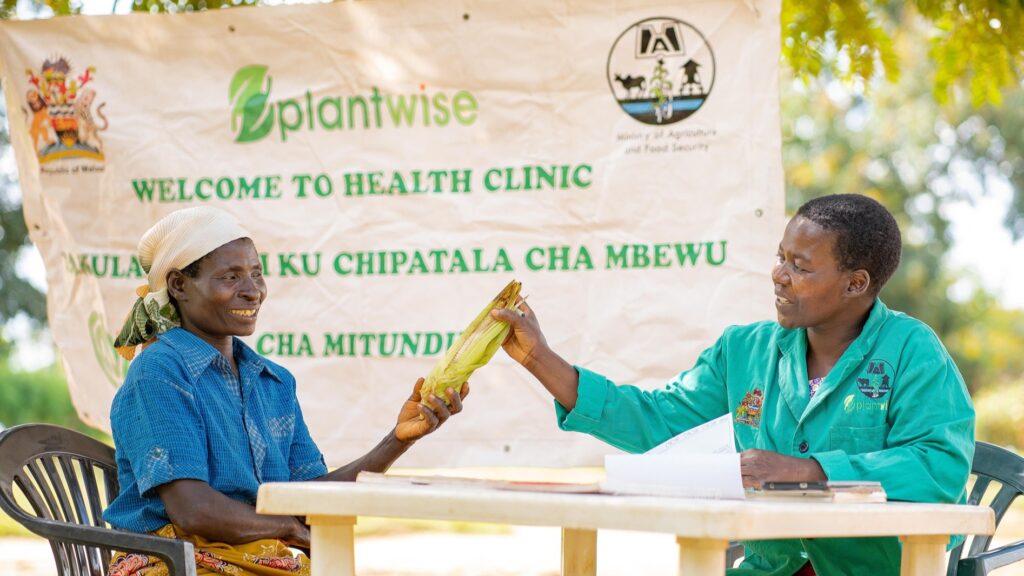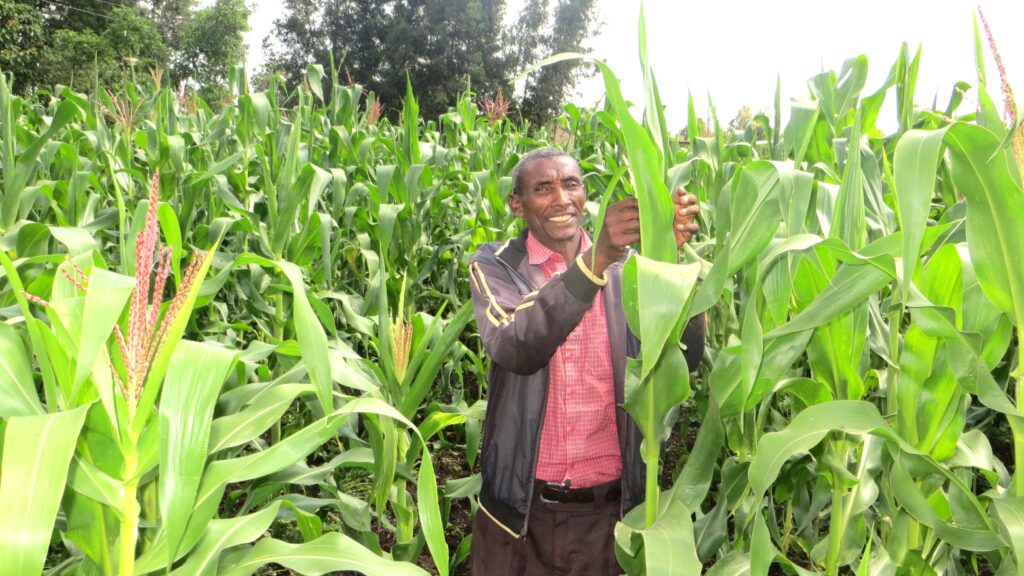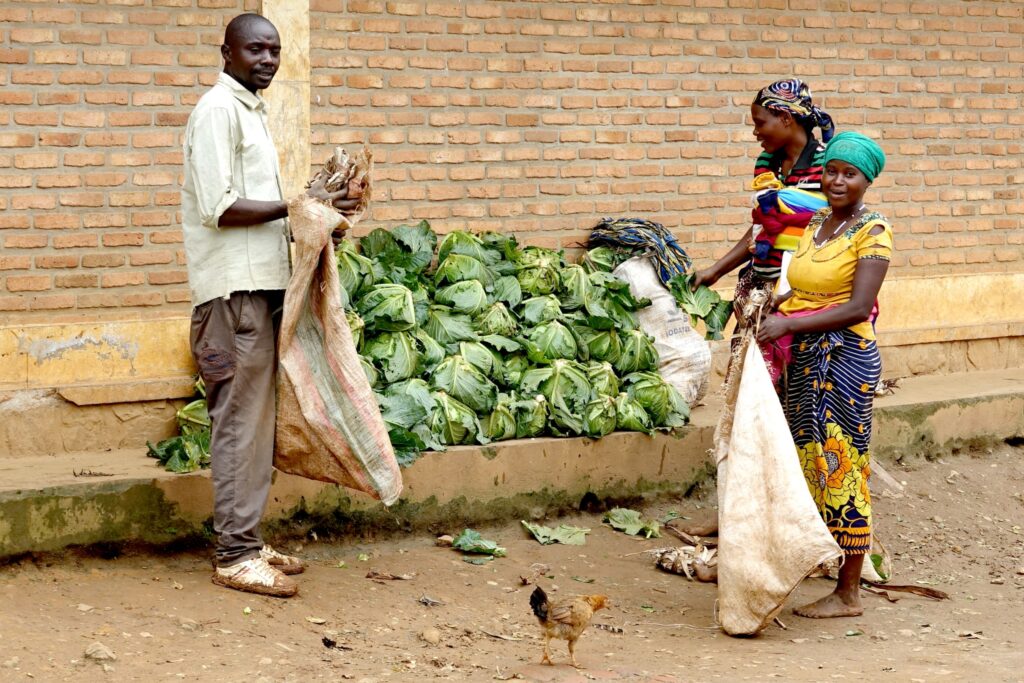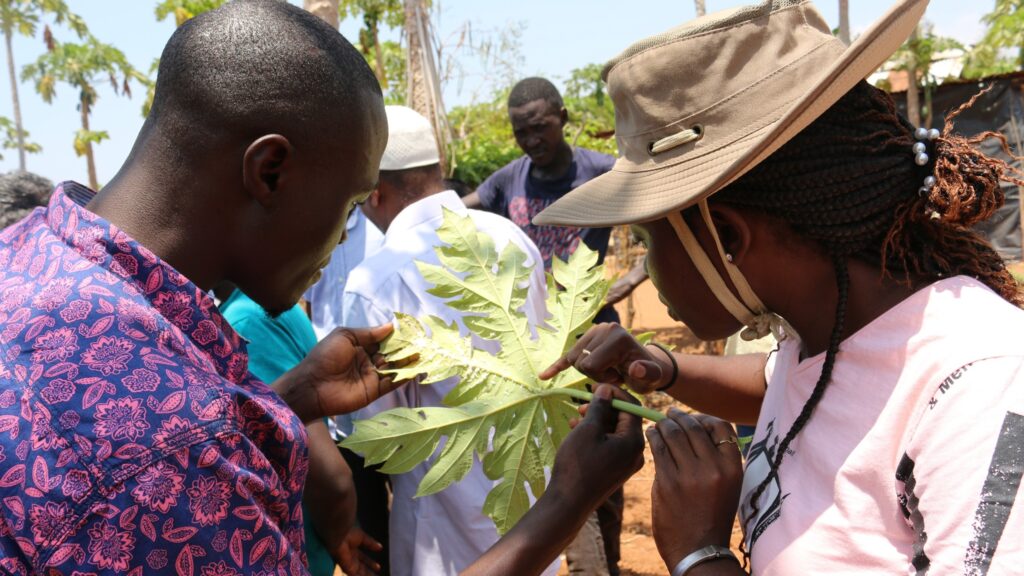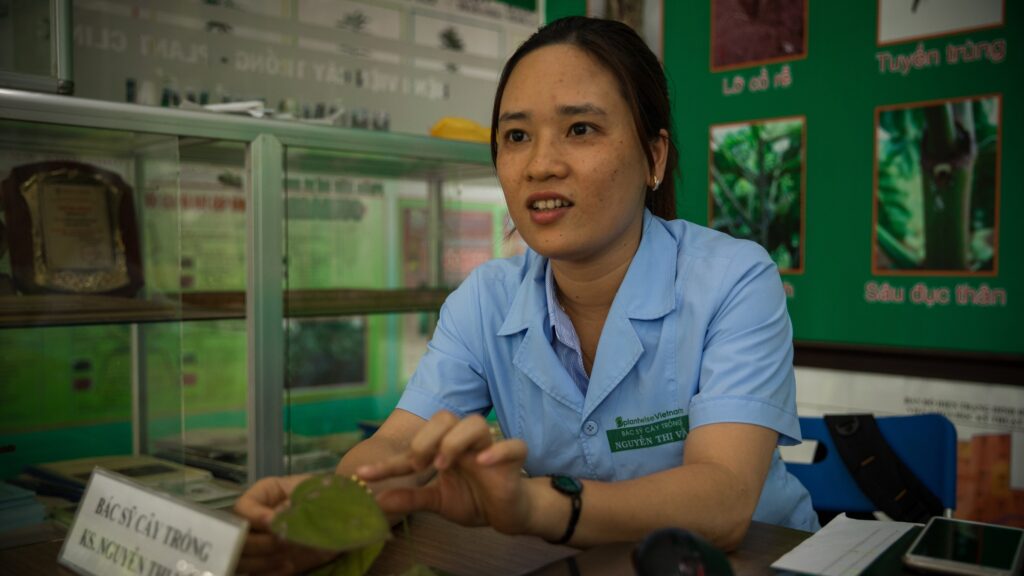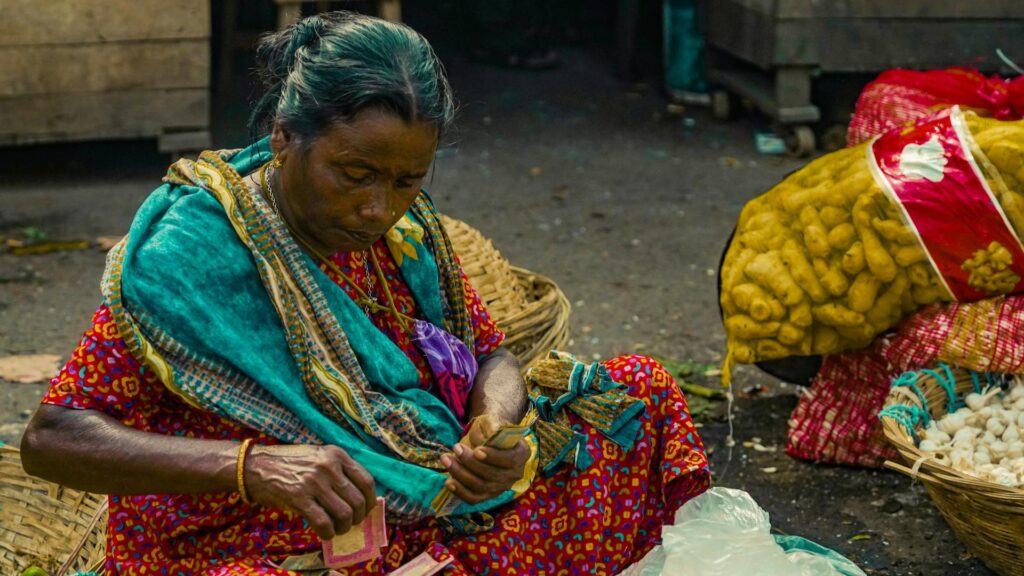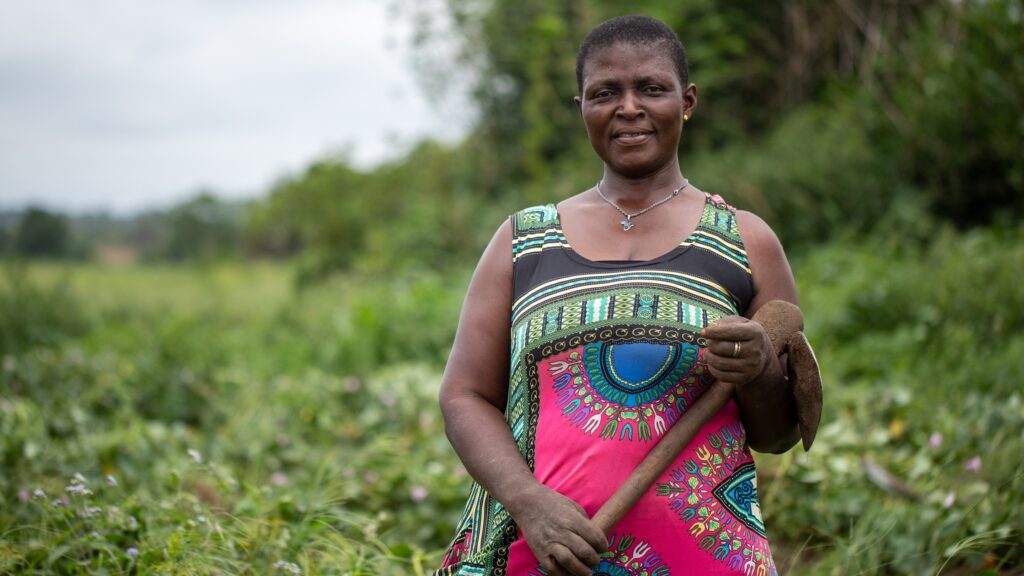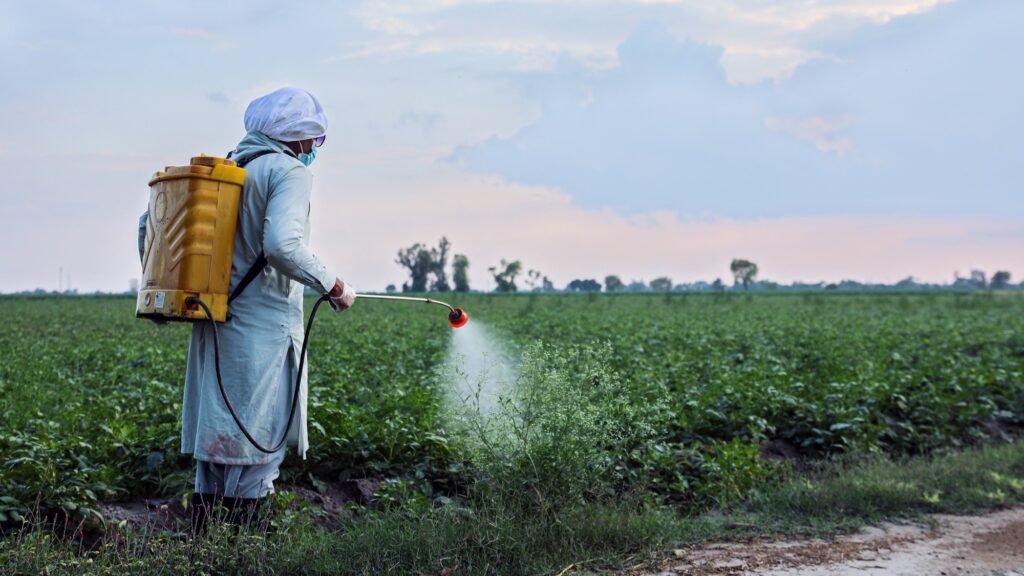Plant clinics in Malawi: Reducing pest threats to increase crop yields and farmer incomes
Plant clinics in Malawi are empowering smallholder farmers to manage crop pests more effectively. In 2025, scientists published a paper in Plant Environment Interactions reviewing the impact of plant clinics on farmers in Malawi. The clinics have created a frontline support system for smallholders in remote, rural locations. In addition, they have helped to strengthen…
PlantwisePlus marks five years of impact at FAO’s Science and Innovation Forum
On 13 October 2025, PlantwisePlus and its core donors co-hosted a networking reception at the Food and Agriculture Organization of the United Nations (FAO) headquarters in Rome to celebrate five years of the programme. Following the FAO’s Science and Innovation Forum, diplomats from countries across the global North and South, FAO colleagues, and agricultural researchers…
Women farmers in Ghana empowered by radio campaign
Women farmers in Ghana face significant barriers to accessing agricultural extension services. Many women in low- and middle-income countries face similar challenges. The services are often designed for men and give them an advantage when it comes to farming productivity. Conversely, with a lack of access to extension services, women farmers on average produce 20-30%…
Pesticide risk reduction in Pakistan: Building a safer future for farming
Pesticides play a critical role in crop protection, but the overuse and misuse of highly hazardous pesticides (HHPs) pose serious risks to farmers’ health, the environment, and international market access. In recent years, pesticide risk reduction in Pakistan has emerged as a national priority, a trend shared by many countries worldwide. In particular, following trade…


